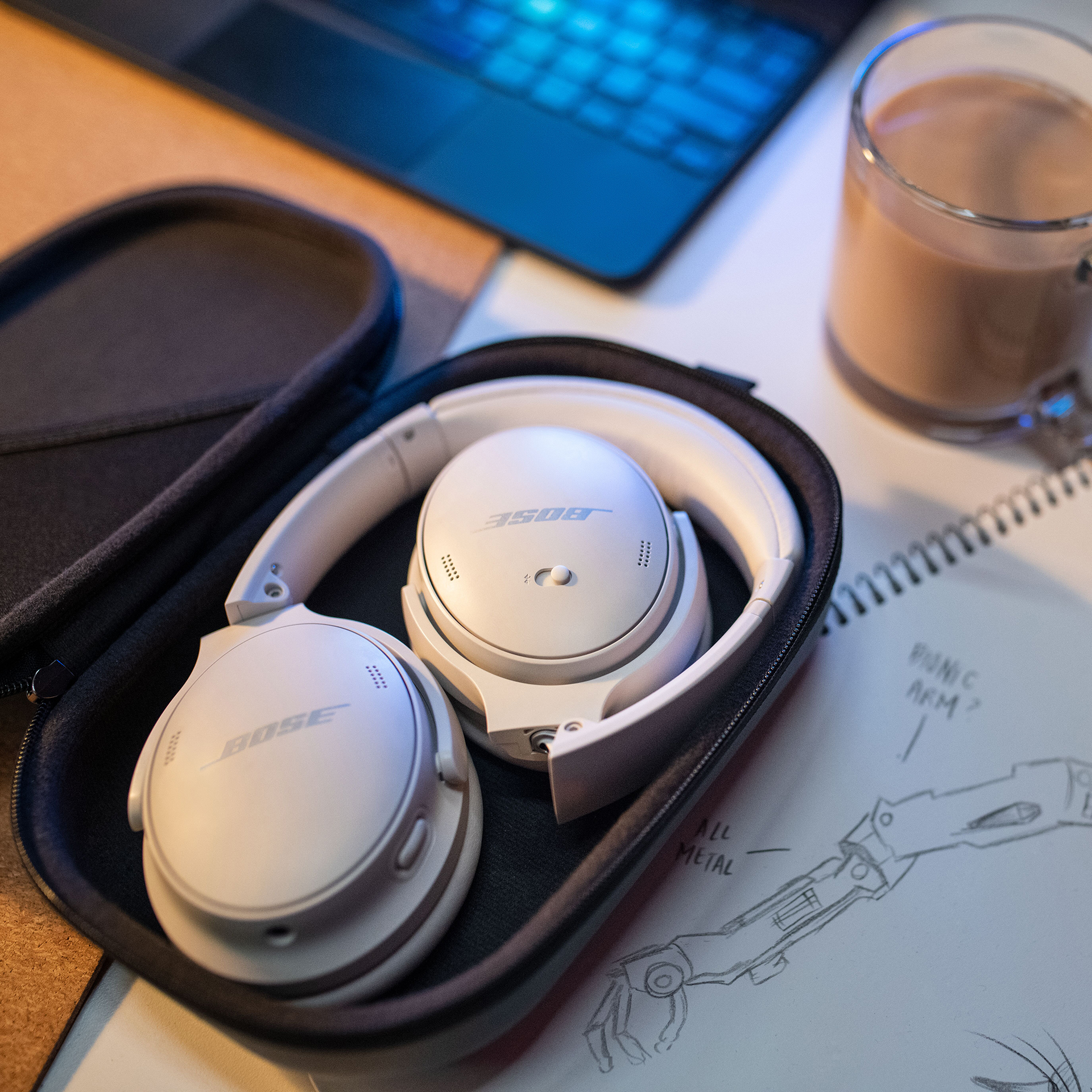 Bose's latest wireless noise-canceling headphones: the QuietComfort 45.Bose
Bose's latest wireless noise-canceling headphones: the QuietComfort 45.Bose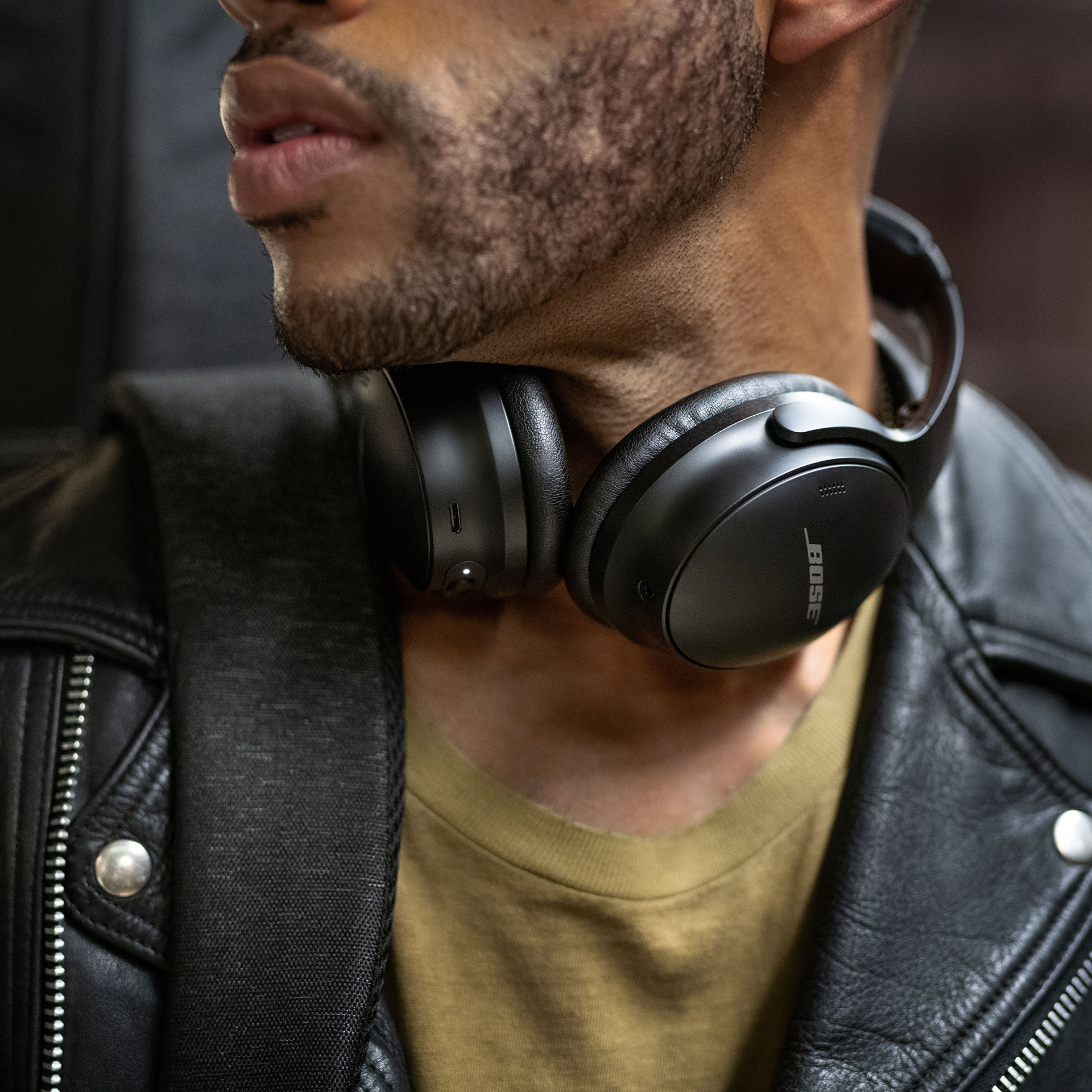 They look largely similar to the previous QuietComfort 35 II.Bose
They look largely similar to the previous QuietComfort 35 II.Bose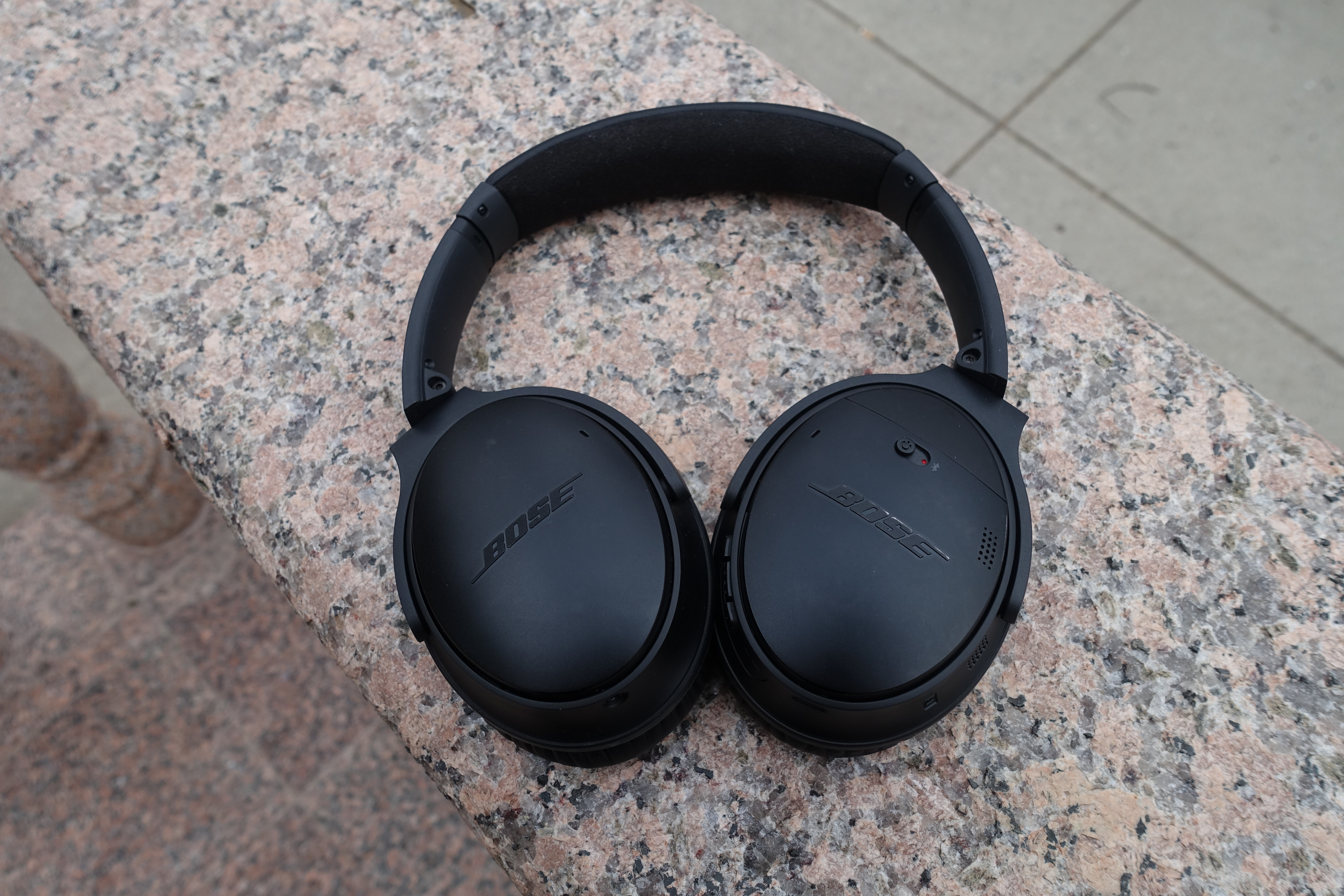 The Bose QuietComfort 35 II, for reference.Jeff Dunn
The Bose QuietComfort 35 II, for reference.Jeff Dunn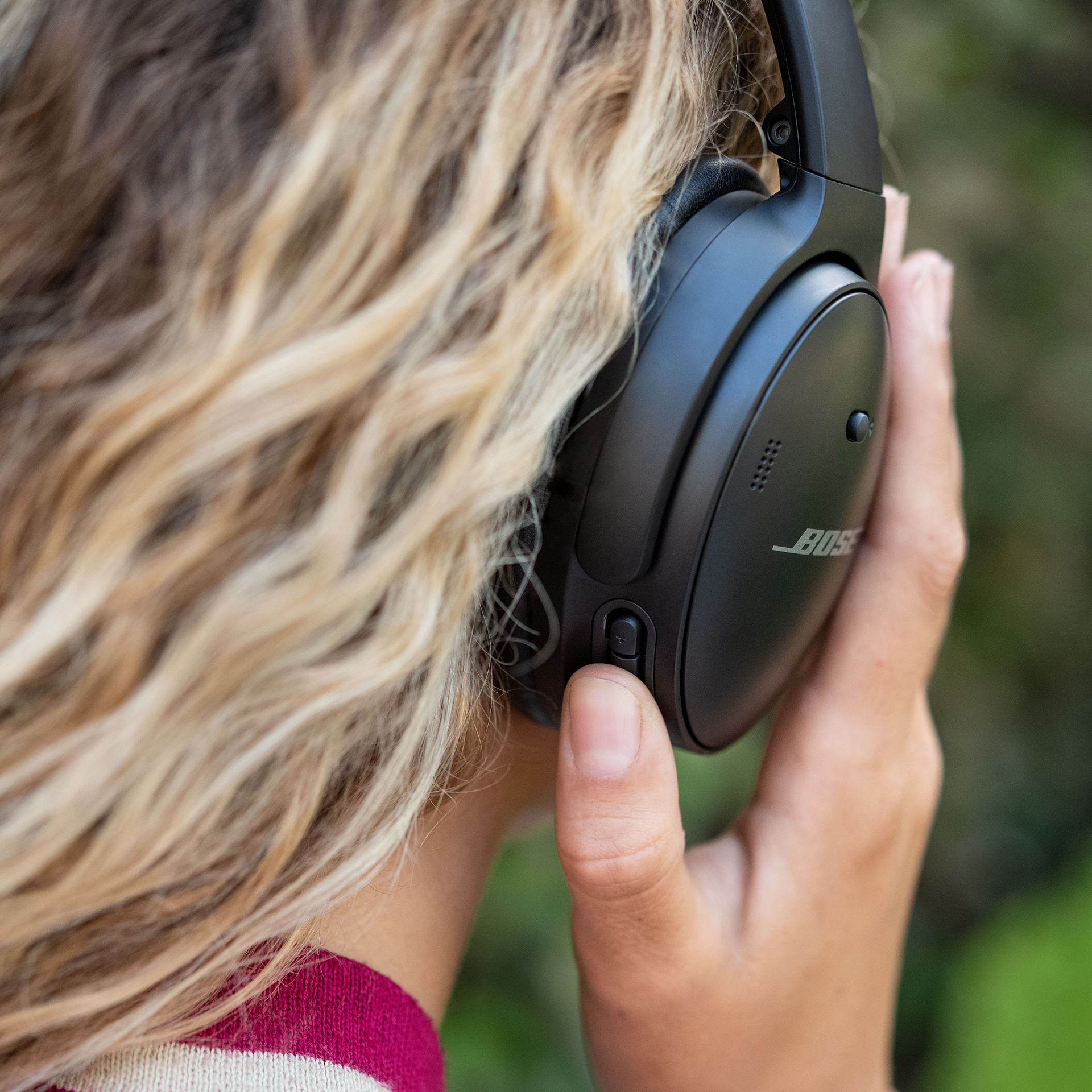 Bose is promising improved active noise cancellation, call quality, and battery life with this update.Bose
Bose is promising improved active noise cancellation, call quality, and battery life with this update.Bose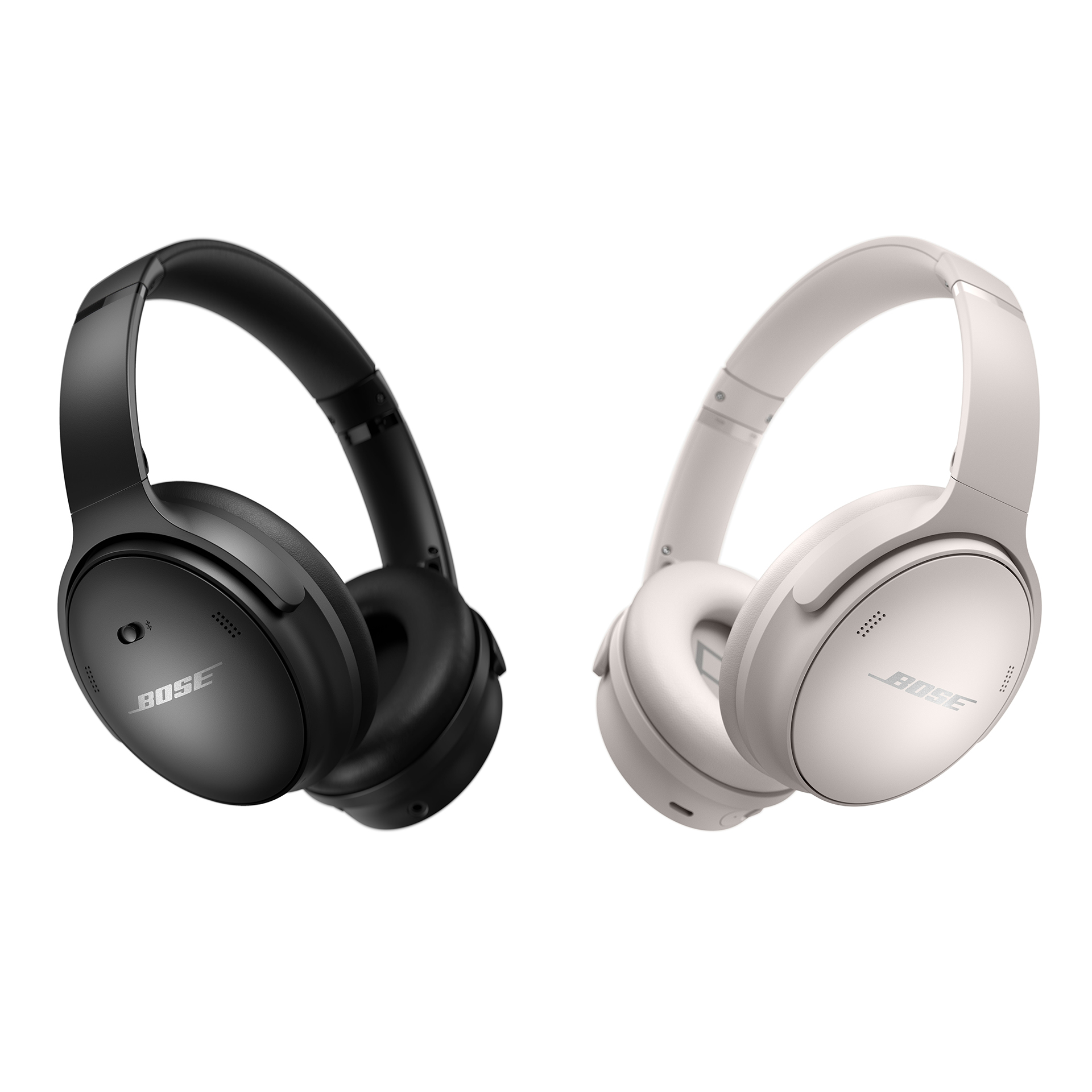 They'll be available in these two finishes.Bose
They'll be available in these two finishes.Bose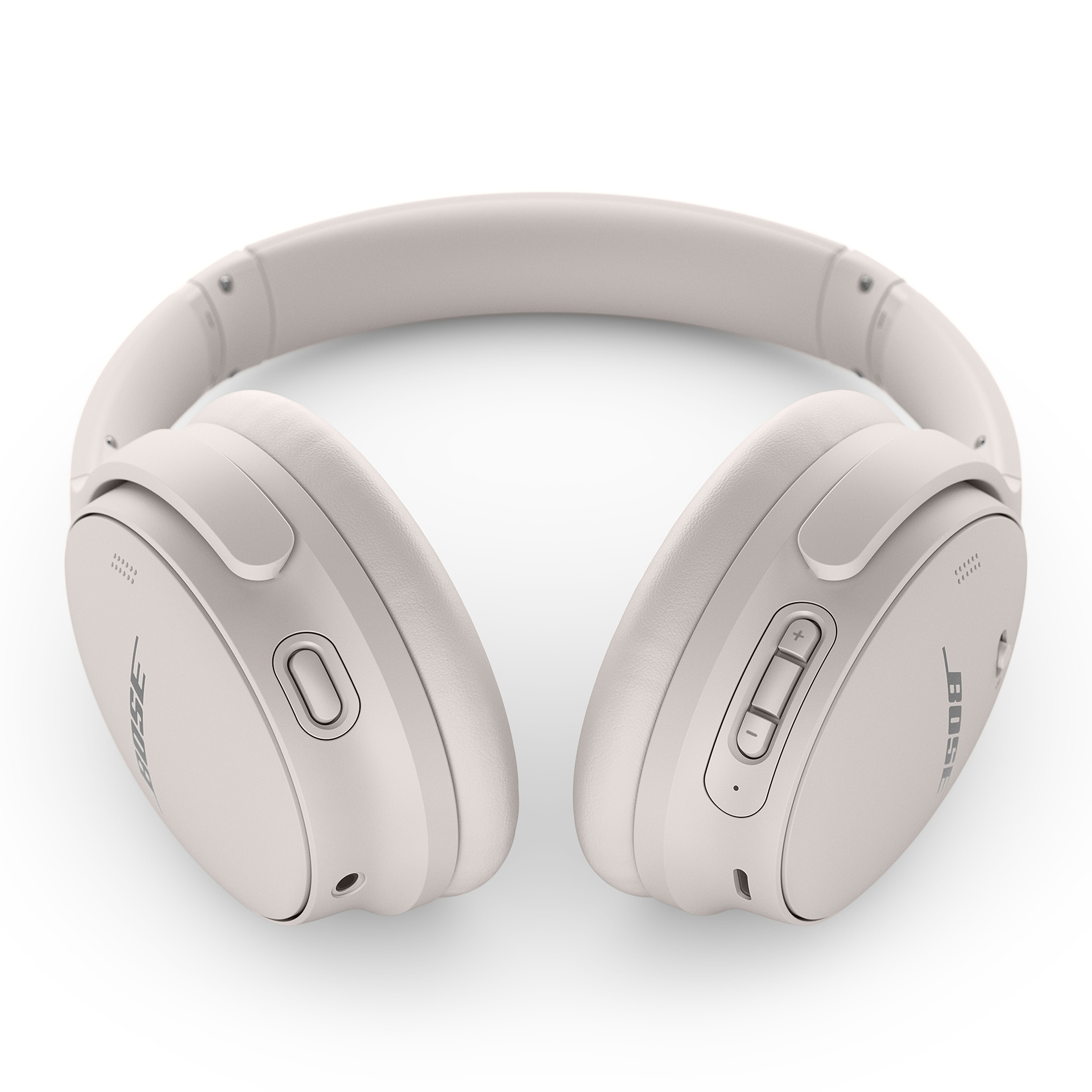 They use physical buttons instead of the sometimes finicky touch controls found on many other premium pairs these days.Bose
They use physical buttons instead of the sometimes finicky touch controls found on many other premium pairs these days.Bose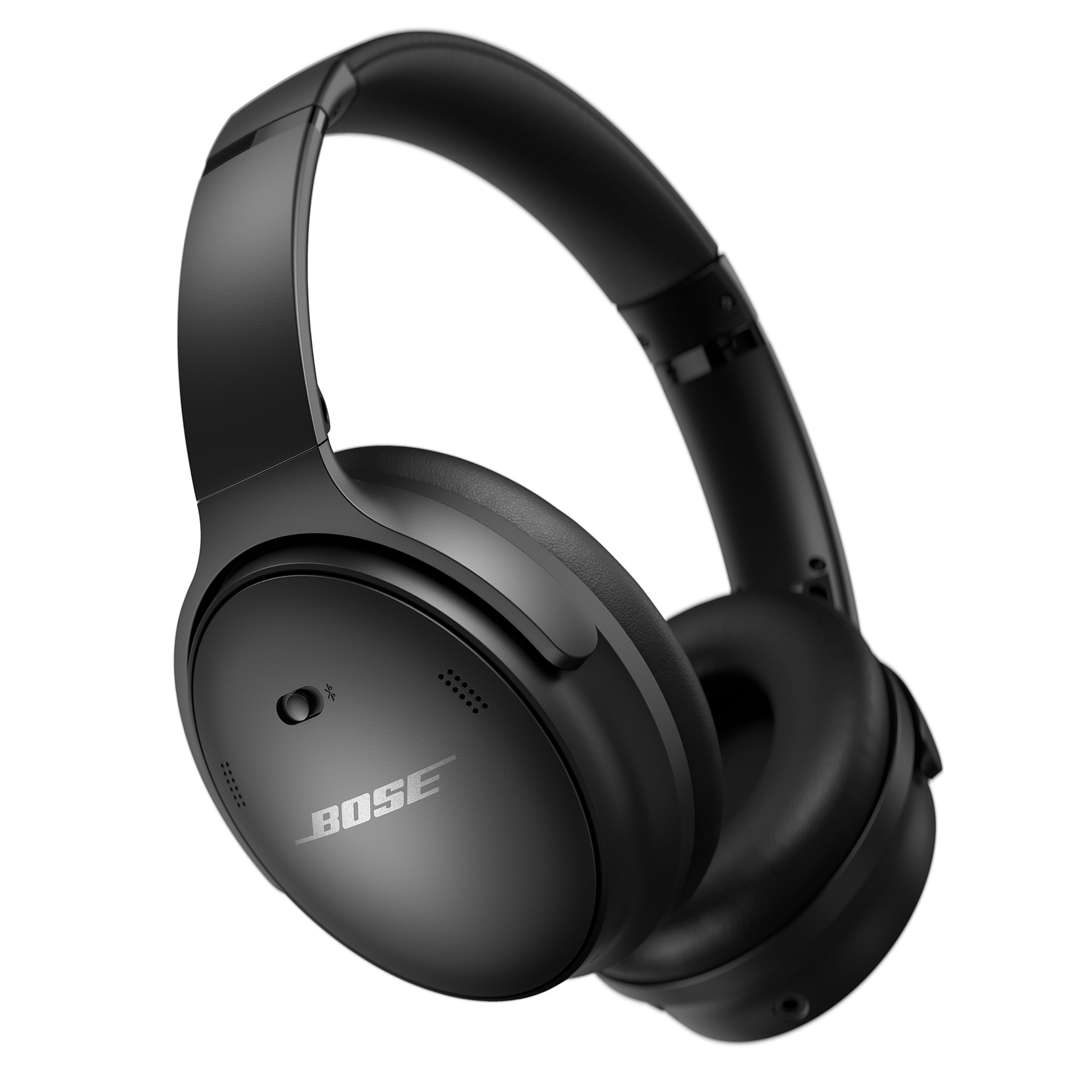 Bose headphones have generally excelled at providing effective ANC, so if the QuietComfort 45s follow in their predecessor's footsteps, they could be appealing to a good swath of people, though they do face significant competition from Sony, Apple, and many other companies.Bose
Bose headphones have generally excelled at providing effective ANC, so if the QuietComfort 45s follow in their predecessor's footsteps, they could be appealing to a good swath of people, though they do face significant competition from Sony, Apple, and many other companies.Bose
Bose on Tuesday announced its latest set of wireless noise-canceling headphones, the QuietComfort 45.
The new headphones cost $330 and are up for preorder today, with shipping to begin on September 23.
A familiar design
The QuietComfort line has proven popular for Bose over the years, so it may not be a surprise to see that the QuietComfort 45 does not significantly diverge from its predecessor, the QuietComfort 35 II, which launched roughly four years ago.
Their design follows closely in the footsteps of that older pair, with some minor changes to smooth out the look of the sides and ear cushions but a similarly understated aesthetic on the whole. There are still physical control buttons for adjusting volume, controlling playback and noise cancellation, and taking calls, but thankfully, the older microUSB port has been replaced by USB-C. Bose continues to use a 2.5 mm connector instead of the more universal 3.5 mm jack for wired listening, though it does include a 3.5 mm to 2.5 mm cable in the box if needed. The headphones are available in either a black or “white smoke” finish.
In general, the largely plastic construction of the QuietComfort 35 II didn't make for the most premium-feeling package in the world, particularly for headphones selling for north of $300. The headphones were exceptionally comfortable, however, with a lightweight design that didn’t clamp down too tightly and folded up neatly for easier storage. We’ve yet to get our hands on the QuietComfort 45, but from images, the fit looks like it will be similar.
Bose isn’t touting any major changes to sound quality. For reference, the QuietComfort 35 IIs had a relatively balanced sound with a slight bass boost. Like most premium wireless headphones, they were far from the clearest or most detailed headphones you could get for the money, but they were mellow-sounding and largely inoffensive to most non-audiophile listeners. Again, we’ll have to test out the new pair for ourselves to see if anything has changed.
Noise canceling, battery life, and Bluetooth
The main reason people buy QuietComforts—aside from good marketing—is Bose’s active noise cancellation (ANC) tech, which has consistently ranked among the most effective on the market. Here, Bose says it’s using a “new electronics package” to help the QuietComfort 45 better sense and eliminate mid-range frequencies than before.
There are now two different noise-canceling “modes” as well: a “Quiet” mode for traditional active noise cancellation and an “Aware” mode that seems to work similarly to the “ambient sound” modes found on competing headphones. This latter mode lets you hear noise from the outside world alongside whatever you’re playing. You can swap between these modes through a button on the left earcup. (This button also lets you mute your mic during phone calls.) There does not appear to be a way to adjust the strength of the noise-canceling effect beyond this setting, however. Bose’s other wireless noise cancelers, the Noise Cancelling Headphones 700, let you turn the ANC up or down on a 10-point scale, for instance.Bose is also touting improved call quality, aided in part by the addition of another microphone to the beamforming mic array built into the headphones. The QuietComfort 35 IIs were not bad in this regard, but this was an area where the Noise Cancelling Headphones 700 made improvements, so any upgrade would be welcome, particularly with more and more people taking their work calls at home.
The company claims that the QuietComfort 45s will last up to 24 hours on a charge. This is a step up from the 20-hour battery life of the QuietComfort 35 IIs, though it would still fall short of rivals like Sony’s WH-1000XM4, whose battery can last more than 30 hours. Bose says you can get three hours of playback from a 15-minute charge.
The headphones connect over Bluetooth 5.1 and have a rated Bluetooth range of up to 30 feet. The latter is common, and the QuietComfort 35 IIs were not known to have significant wireless connectivity issues, though it’s worth noting that competitors like Apple’s AirPods Max use a Class 1 Bluetooth radio that helps them hold a signal over wider ranges. Like their predecessors, the QuietComfort 45s can also maintain a connection with two devices simultaneously, so you can listen to music on a PC but quickly swap to your phone to take a call without having to go through the usual Bluetooth-pairing rigmarole.Entering into a crowded market
Bose will discontinue the QuietComfort 35 II with the launch of the QuietComfort 45, but it will continue to sell the Noise Cancelling Headphones 700, which launched just over two years ago and will still cost $50 more at $379. Compared to the QuietComfort 35 II, the 700s offer a more premium-feeling metal design, a more granular ANC control and superior call quality, and a slightly more bass-heavy sound profile. At maximum, the 700s' ANC is generally just as strong, though we’ll have to see if the QuietComfort 45s can outmatch the older pair.
That said, the Noise Cancelling Headphones 700 don’t fold up, they're a bit heavier on the head (for me, at least), their battery life is still rated at 20 hours per charge, and they're more heavily reliant on Bose’s Music app to access many features, even requiring you to create a Bose account to use the app in the first place. They also rely on touch controls for managing volume and playback; the controls generally work well, but some may find physical buttons preferable.
The most frequently recommended option in this market, and my personal favorite after testing numerous sets over the past year, is the Sony WH-1000XM4, which has similarly excellent ANC, a well-padded design, longer battery life, a sound profile that’s more bass-heavy by default but can be customized depending on your preferences (the Noise Cancelling Headphones 700 also have a custom EQ tool), multi-point connectivity, and useful bonus features like a “speak to chat” function that can automatically pause your music when you’re talking to someone. They also use touch controls, though, and the QuietComfort 45s will come in at about $20 below Sony’s $349 MSRP—though the XM4s have regularly gone on sale for less than that over the past few months.Apple’s AirPods Max, meanwhile, have stronger noise cancellation, a more detailed sound, and a clearer transparency mode than any other wireless headphones we’ve tested to date. You can also have Apple replace the set's battery down the line, albeit for a $79 fee. That said, the headphones don’t fold, you can’t listen over a cable, and they don’t have a power button, instead relying on a proprietary and largely unprotective case to enter a low-power mode. They also carry an MSRP of $549, which continues to be a tough sell for non-Apple-diehards when Sony's and Bose’s pairs offer close-enough functionality for much less.
The QuietComfort 45 isn’t rocking the boat too hard, but ditching the microUSB port is a good start, and if Bose’s claimed improvements to noise cancellation and call quality hold up, the new pair could be worth a shot for those interested in a premium pair of wireless noise-canceling headphones. We will try to get a pair in for review and let you know for sure in the coming weeks.
Note: Ars Technica may earn compensation for sales from links on this post through affiliate programs.
Listing image by Bose
Article From & Read More ( Bose launches its latest set of wireless noise-canceling headphones - Ars Technica )https://ift.tt/3jxt0zb
Technology
Bagikan Berita Ini
















0 Response to "Bose launches its latest set of wireless noise-canceling headphones - Ars Technica"
Post a Comment